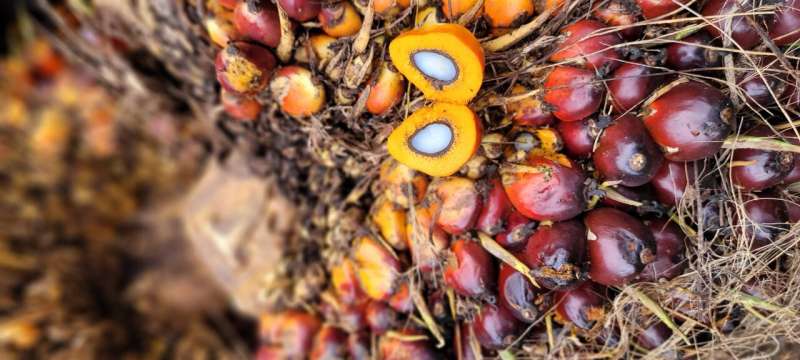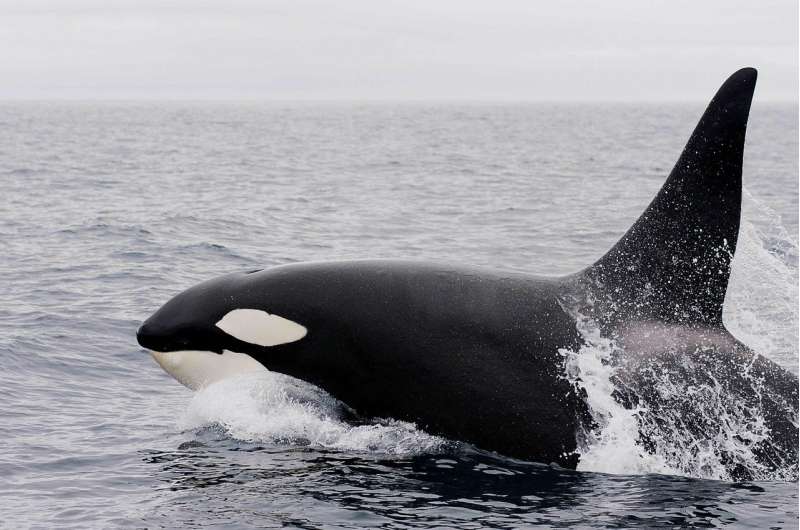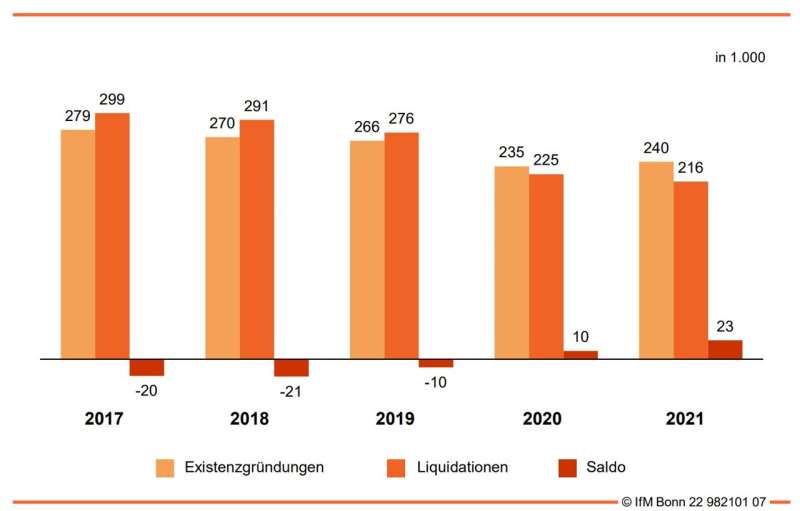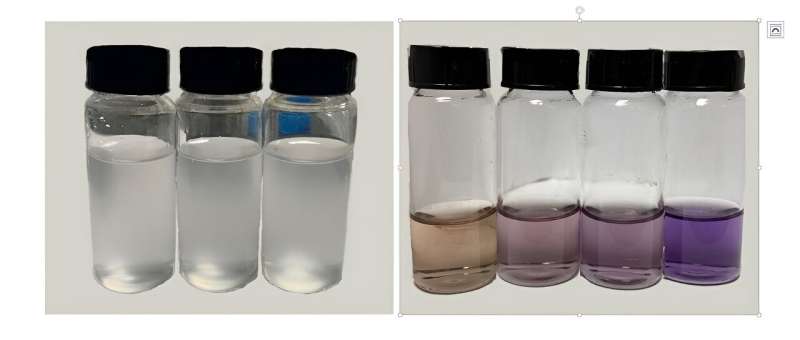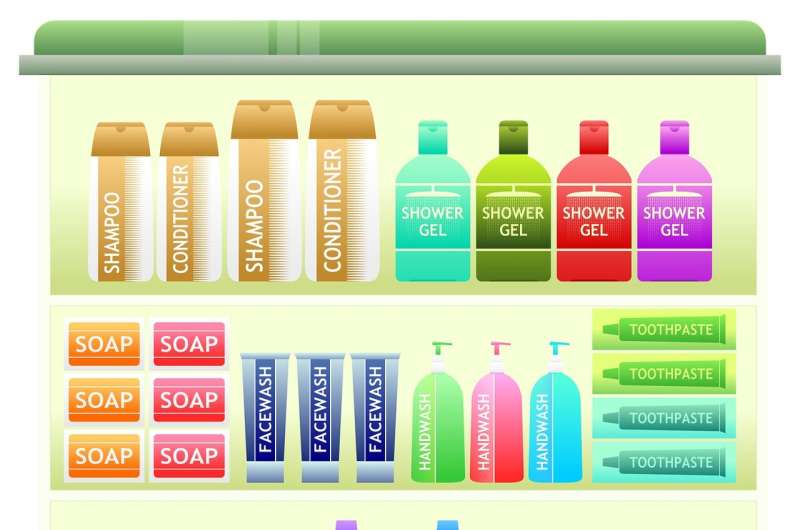Experimental garden study uses AI to show how plants respond to environmental changes
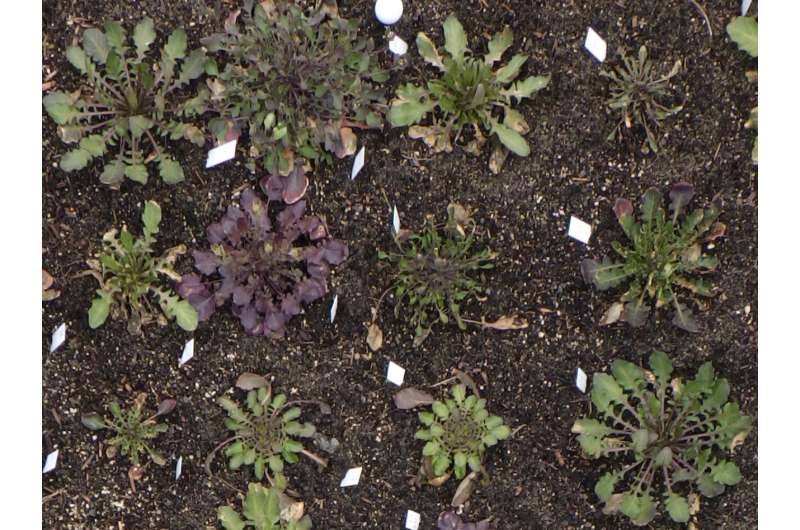
Artificial intelligence (AI) can help plant scientists collect and analyze unprecedented volumes of data, which would not be possible using conventional methods. Researchers at the University of Zurich (UZH) have now used big data, machine learning and field observations in the university's experimental garden to show how plants respond to changes in the environment.
Climate change is making it increasingly important to know how plants can survive and thrive in a changing environment. Conventional experiments in the lab have shown that plants accumulate pigments in response to environmental factors. To date, such measurements were made by taking samples, which required a part of the plant to be removed and thus damaged.
"This labor-intensive method isn't viable when thousands or millions of samples are needed. Moreover, taking repeated samples damages the plants, which in turn affects observations of how plants respond to environmental factors. There hasn't been a suitable method for the long-term observation of individual plants within an ecosystem," says Reiko Akiyama, first author of the study.
With the support of UZH's University Research Priority Program (URPP) "Evolution in Action," a team of researchers has now developed a method that enables scientists to observe plants in nature with great precision. PlantServation is a method that incorporates robust image-acquisition hardware and deep learning-based software to analyze field images, and it works in any kind of weather. The research has been published in Nature Communications.
Millions of images support evolutionary hypothesis of robustness
Using PlantServation, the researchers collected (top-view) images of Arabidopsis plants on the experimental plots of UZH's Irchel Campus across three field seasons (lasting five months from fall to spring) and then analyzed the more than four million images using machine learning.
The data recorded the species-specific accumulation of a plant pigment called "anthocyanin" as a response to seasonal and annual fluctuations in temperature, light intensity and precipitation.
PlantServation also enabled the scientists to experimentally replicate what happens after the natural speciation of a hybrid polyploid species. These species develop from a duplication of the entire genome of their ancestors, a common type of species diversification in plants. Many wild and cultivated plants such as wheat and coffee originated in this way.
In the current study, the anthocyanin content of the hybrid polyploid species A. kamchatica resembled that of its two ancestors: from fall to winter its anthocyanin content was similar to that of the ancestor species originating from a warm region, and from winter to spring it resembled the other species from a colder region.
"The results of the study thus confirm that these hybrid polyploids combine the environmental responses of their progenitors, which supports a long-standing hypothesis about the evolution of polyploids," says Rie Shimizu-Inatsugi, one of the study's two corresponding authors.
PlantServation was developed in the experimental garden at UZH's Irchel Campus.
"It was crucial for us to be able to use the garden on Irchel Campus to develop PlantServation's hardware and software, but its application goes even further: when combined with solar power, its hardware can be used even in remote sites," says Kentaro Shimizu, corresponding author and co-director of the URPP Evolution in Action.
"With its economical and robust hardware and open-source software, PlantServation paves the way for many more future biodiversity studies that use AI to investigate plants other than Arabidopsis—from crops such as wheat to wild plants that play a key role for the environment."
More information: Reiko Akiyama et al, Seasonal pigment fluctuation in diploid and polyploid Arabidopsis revealed by machine learning-based phenotyping method PlantServation, Nature Communications (2023). DOI: 10.1038/s41467-023-41260-3
